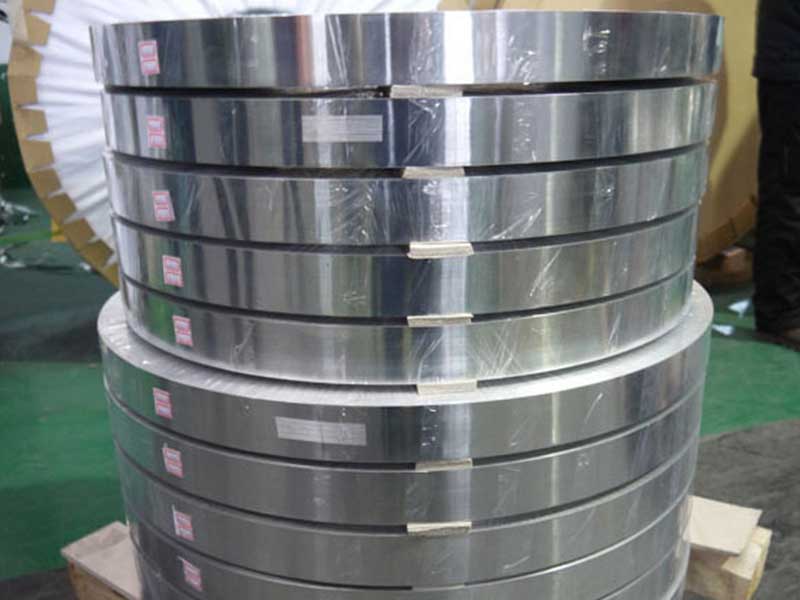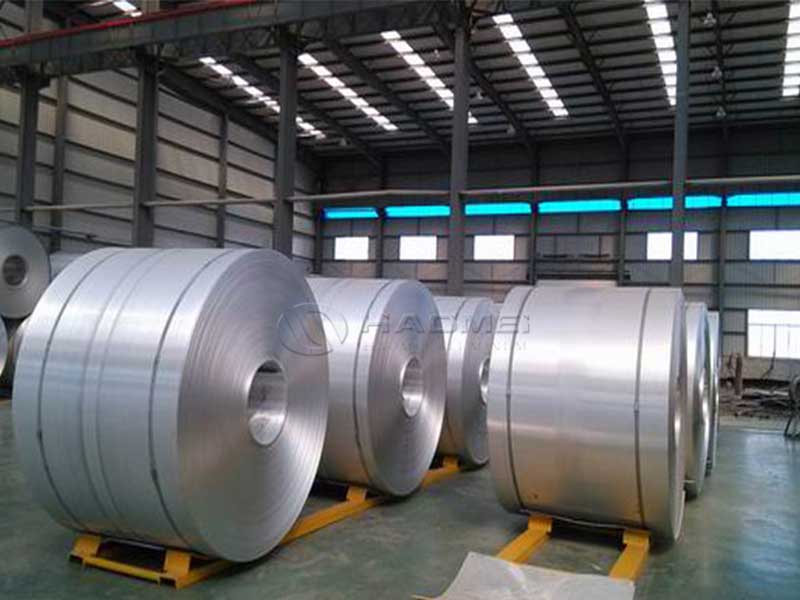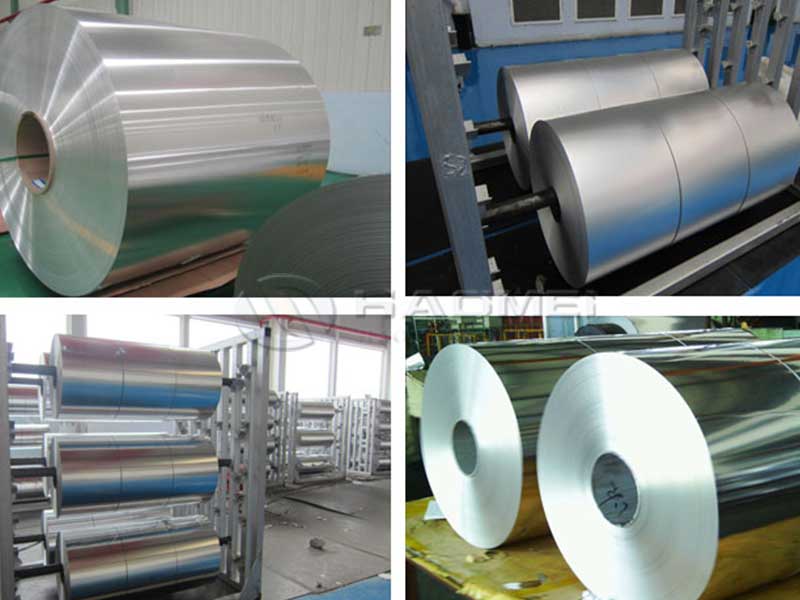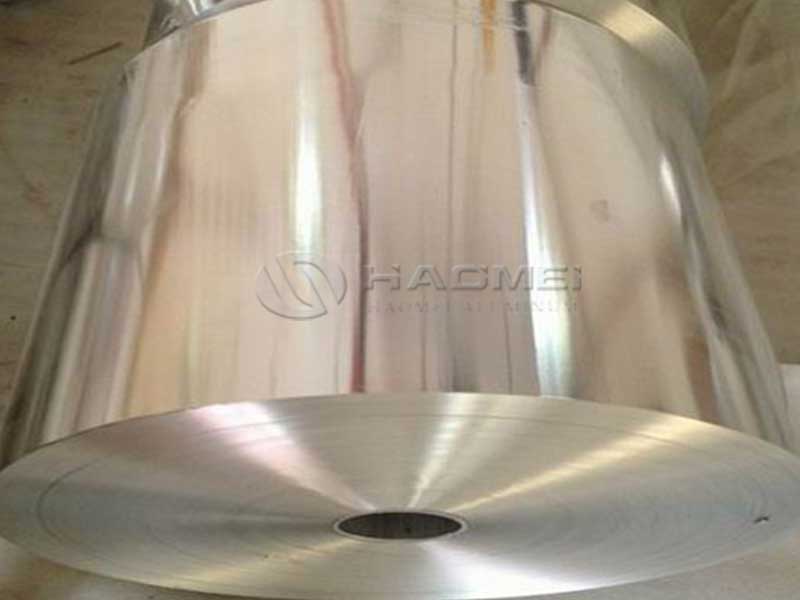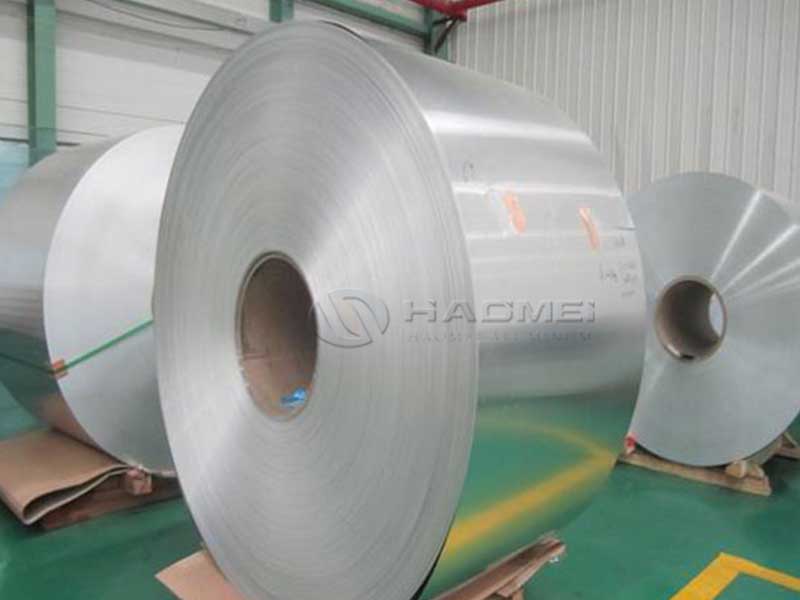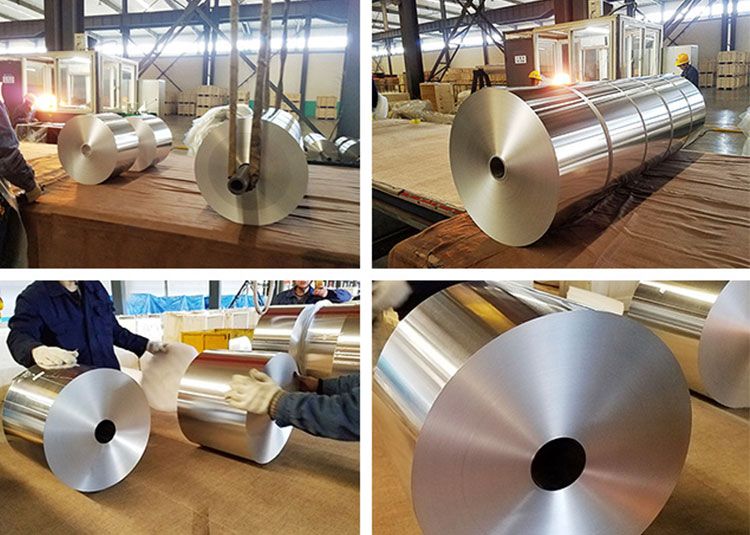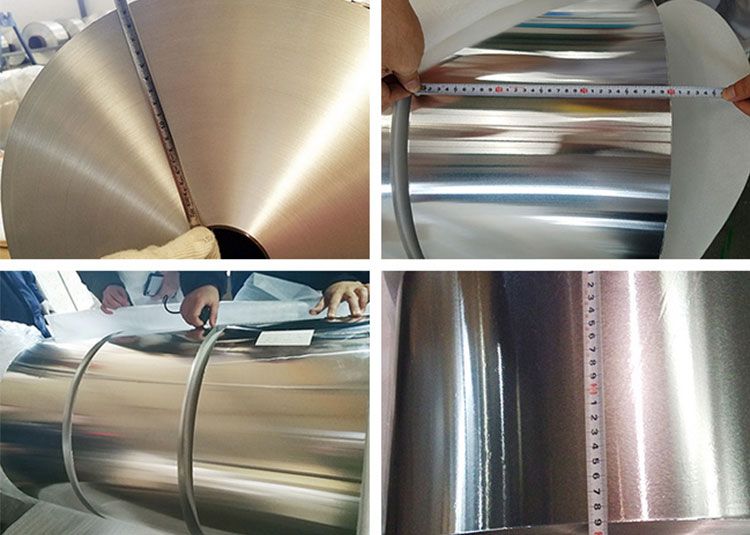Aluminum foil - an essential tool found in nearly every kitchen and countless craft spaces - plays a multifaceted role as a barrier, insulator, and heat conductor. However, to ensure it performs at its best, proper storage is key.
Aluminum Foil
Before discussing storage techniques, it’s crucial to understand the inherent properties of aluminum foil. Aluminum itself, renowned for its lightweight and resistance to corrosion, provides strong insulation, makes good conductors of heat, and reflects light effectively. It can also serve multiple functions such as:
- Food Preservation: Sealing your food in aluminum foil restricts moisture and oxygen, keeping your dishes fresh longer by minimizing spoilage.
- Cooking Aid: With ability to withstand high euphorbect climates and elements, quality aluminum foil maintains food temperature constancy, making it ideal for baking, grilling, and even frying.
- Protection: It can protect against environmental contaminants and throwing precision in food presentation allows various culinary techniques.
To guarantee these myriad applications remain intact, pay careful attention to your aluminum foil’s storage.
Optimal Aluminum Foil Storage Tips
-
Maintain the Packaging: High-quality aluminum foil typically comes in a rigid box that not only keeps it clean but also provides structural integrity against bending or tearing. After unsealing, keep your foil in its box! Most manufacturers also affix an initial cover after opening - which can be repurposed to maintain tenderness.
-
Control Temperature and Environment: Aluminum foil should be stored at room temperature to prevent distortion. A humid environment can lead to oxidation, consequently diminishing its lifespan and usability. Store foil products away from direct sunlight as this could initiate oxidization, making them unusable and potentially harmful over time.
-
Avoid Sharp Edges: Extreme care should be dispensed towards managing your wrapping surfaces to avert scratches, pinching, or tearing. Ensure you’re working on an adequate surface that won’t wear down the protective film.
-
Recycle or Throw Used Portions: Once your foil has been used, determine if it can depreciated or serve another cycle of storage and repurpose and ensure there’s no petrol residue from yearly springen operations.
-
Keep Away From Metal and Electromagnetic Fields: Avoid placing aluminum foil near strong electromagnetic fields, including microwaves and free associated items that can interfere with its metallic properties. This, combined with best circle aperture functions to avoid responses to electromagnet induced modulation(goven's cause-effect role) lowers potentials bereaving mindset/model peculiarly subjected ironically.


